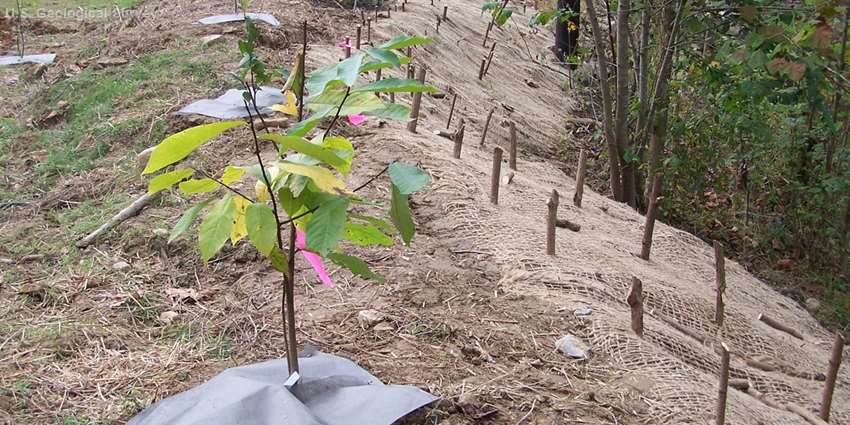From restoring sagebrush to rejuvenating watersheds and landscapes after fires, ecosystem restoration can bear substantial economic fruit for local, state and national economies, according to a recent study by the U.S. Geological Survey (USGS).
USGS economists evaluated 21 Department of the Interior (DOI) restoration projects and found that for each dollar invested in ecosystem restoration, there was a two- to three-fold return in economic activity that rippled through local, regional and national economies. Case study projects include restoration activities associated with Natural Resource Damage Assessment sites and Bureau of Land Management (BLM) sagebrush and sage-grouse habitat restoration, fuels reduction and post-fire restoration projects.
“Based on case study results, we found that for every $1 million invested in ecosystem restoration, between $2.2 and $3.4 million flow through to the U.S. economy, demonstrating how such investments support jobs and livelihoods, small businesses and rural economies,” USGS economist and lead author Catherine Cullinane Thomas said.
The report quantified methods to provide economic impact analyses focused on the jobs and business activity generated through money spent on ecosystem restoration activities. The research was a joint project among the USGS, the DOI Natural Resource Damage Assessment and Restoration Program, the DOI Office of Policy Analysis, and the BLM Socioeconomics Program.
"This report highlights the importance of restoration activities not only for the benefit of natural resources impacted by oil spills or hazardous chemicals but also for the economic well-being of human communities," said Steve Glomb, director of the DOI Office of Restoration and Damage Assessment.
"The study shows that these collaborative projects sustain our local economies in addition to restoring our nation's public lands and resources," said Josh Sidon, a BLM economist and study co-author.
All 21 case studies can be found at the report's website. To see highlight case studies and specific economic impacts, read the full USGS news release. For more information on the other case studies in this report please see the report's website.

